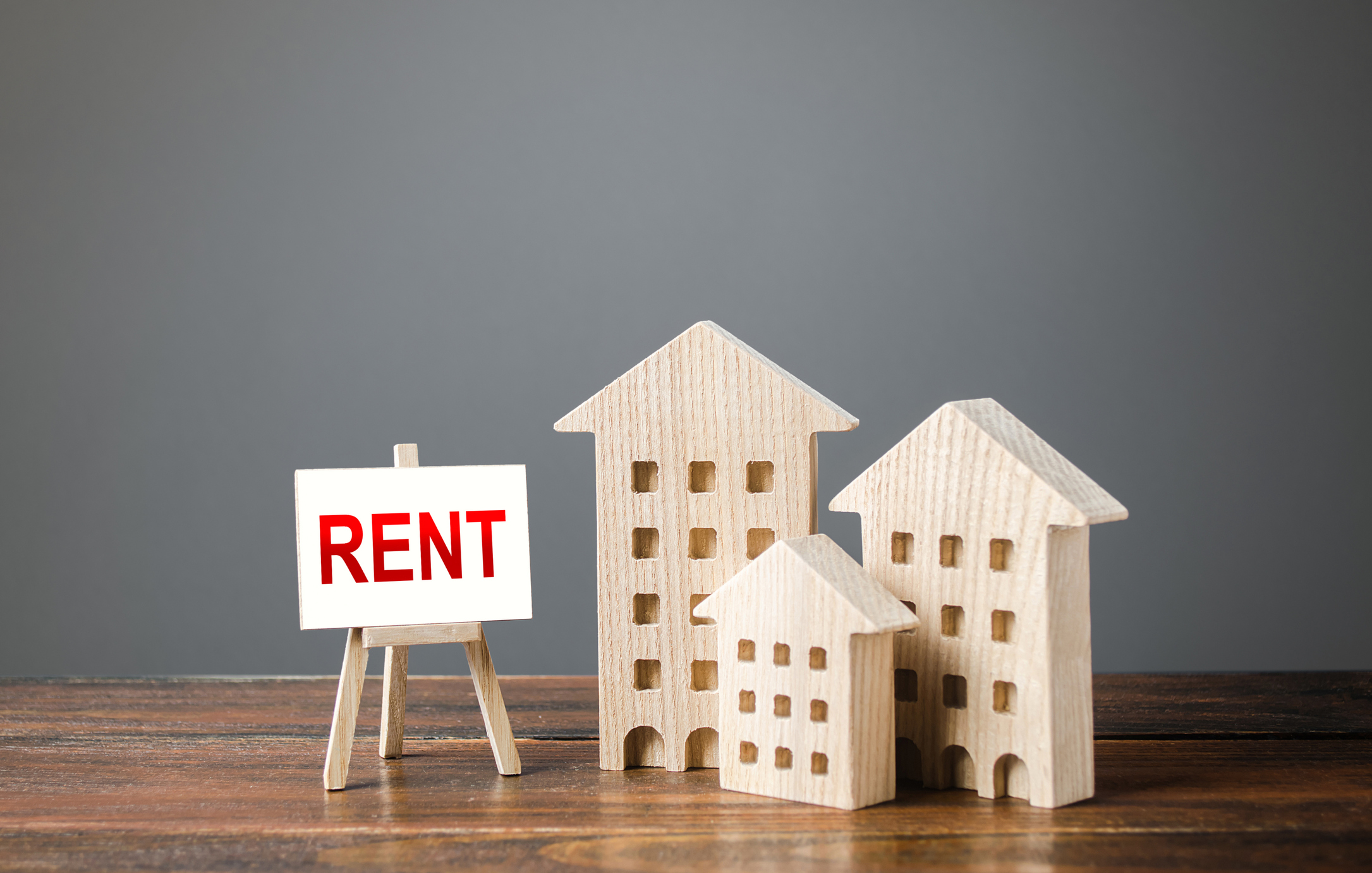Rents Should Ease with Mandatory Office Returns

WEST PALM BEACH, Fla. – An unfettered ascent in South Florida rental prices is expected to slow this year, in part, because offices are beckoning for a return of remote-work nomads.
The relief likely will be minimal and slow, possibly as small as $40 a month in Palm Beach, Broward and Miami-Dade counties as leases renew “but at least it’s heading in the right direction,” said Florida Atlantic University real estate economist Ken H. Johnson.
Johnson, along with colleagues at The University of Alabama and Florida Gulf Coast University, predicted the slowdown for the tri-county area in a report released Monday.
Last month, rents went up 28% in southeast Florida compared to June 2021. Next June, the annual increase is expected to be 18%.
Several hot Florida markets are projected to see a similar deceleration in the past year’s haywire price hikes.
Fort Myers could go from an annual 29% increase last month to a 14% hike in June 2023. Tampa is expected to fall from a 22% increase last month to 12% next year. Orlando’s 22% annual increase last month is expected to fall to 16%.
At the same time, New York metro area rents are forecast to go up slightly from the 20% annual increase last month, to 21% by June 2023.
In a normal market, rents increase about 3 to 5% annually.
Researchers attribute the adjustments to pandemic migrants, who Zoomed into meetings from the Sunshine State, going back to in-person jobs. In theory, that would free up more apartments and reduce competition.
“Even if you are expected to come in one or two days a week, that still would require relocating back to your office location,” said Michael Harari, an associate professor of human resource management at FAU. “It’s hard to say what’s happening nationwide, but it does appear that most large companies are expecting more of a physical presence.”
Palm Beach, Broward and Miami-Dade counties remained the most overvalued rental markets in the country last month with rents costing 20% more than the historic trend. Seven of the top 10 areas considered most overvalued for rents are in Florida, including No. 2 ranked Fort Myers, which was 18% overvalued, and Sarasota-Bradenton’s third-place finish, with rents 17% more than what historical trends call for. Tampa (16%), Lakeland (15%), Orlando (14%) and Daytona Beach (13.5%) also are in the Top 10.
Johnson said he only has anecdotal evidence that a reversal in temporary work situations is what’s causing statistical rental models to show a slowdown in price increases. He said an overall lack of inventory and an increase in permanent new residents also contributed to dramatic rent increases this past year.
“I don’t want anyone to think they are going to wake up tomorrow and we’ll be back at 2019 levels,” Johnson said. “We are still short of units and we didn’t build anything the first year of COVID-19 even with more people moving here.”
But the days of intense bidding wars for rentals may be ebbing.
In downtown West Palm Beach, Realtor Daragh McCaffrey said there are more rental apartments and condos on the market with some units sitting empty. He’s even started reducing prices on one-bedroom units.
“Three months ago, there were no one-bedrooms downtown. Now there is a surplus,” said McCaffrey, who works with Distinctive Realty Group. “It’s like someone turned off a tap. It literally just stopped. It’s weird.”
Tom Marron is seeing something similar at his Palm Beach Gardens apartment complex, which is owned by a nationwide company. When he signed a lease in October, he said there were only two units available. Then rents went up, and people moved out. The emptier parking lot is evidence, but also Apartments.com listed 44 vacant units available as of Monday.
The cost for a one-bedroom was between $2,185 and $2,510.
People may be compromising to fit their budget, said Kenney Property assistant manager Elizabeth House, who is not affiliated with Marron’s Palm Beach Gardens complex.
“I think people are getting to a place where they are making hard choices about whether they need upgraded appliances or a dishwasher or to be in a certain school district,” House said. “You get to a point in life where you don’t want a roommate but maybe you don’t need a dishwasher and can live 20 minutes from where you really want to be.”
House, who is based in West Palm Beach, said she’s not seeing a slowdown in demand for her properties and has just six available for rent. Much of her inventory are mom-and-pop rentals of standalone homes, homes converted to apartments, or apartment complexes of one to eight units.
“The one property we are not advertising because it’s under renovation has a 30-person waitlist,” she said.
Monday’s report uses data from Zillow’s Observed Rental Index to determine existing rents and model historical trends from 2014. The least overvalued market was San Francisco, where units were renting at a slight discount. Minneapolis-St. Paul; San Jose, California; Milwaukee; and Madison, Wisconsin, also were in the top five least overvalued.
“By and large, places with the lowest rent increases are places with stagnant or declining populations,” said Shelton Weeks, of FGCU’s Lucas Institute for Real Estate Development and Finance, in a news release. “In markets with growing populations, such as most of Florida, landlords charge what they want because there’s always somebody willing to pay it.”
© Copyright 2022 The Palm Beach Post.


